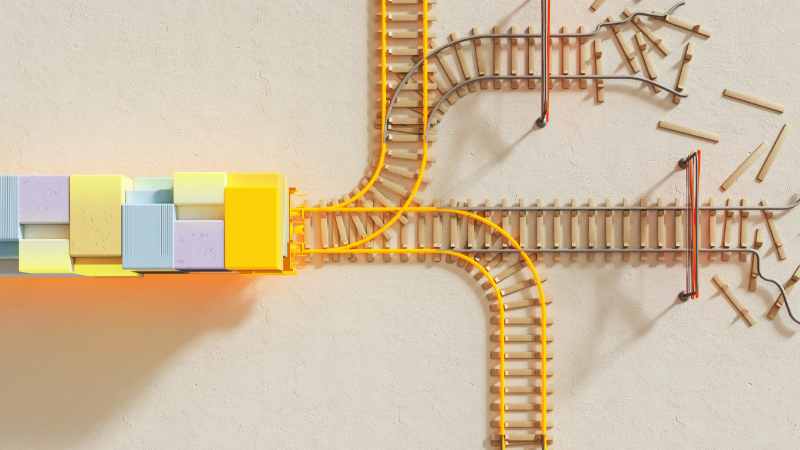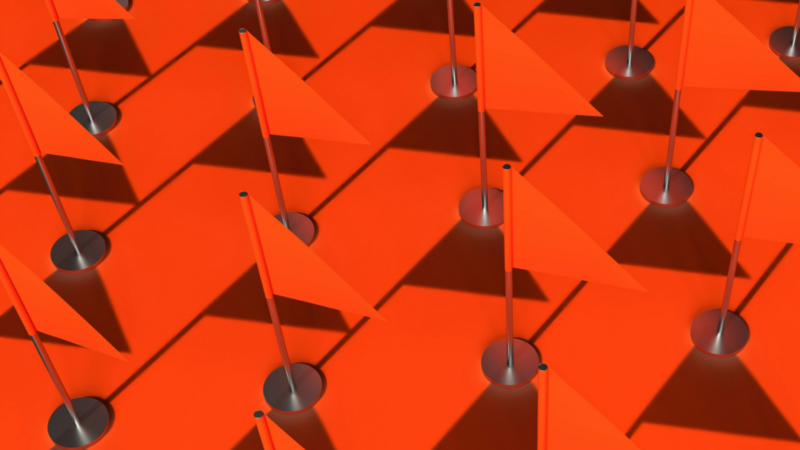Making sense of our connected world

Myth: What you do with AI in the bedroom is your own thing
More and more AI systems are being used as personal assistants, also in the bedroom and for sexual purposes. Sex robotics adopt AI systems for making sex robots interactive. While sexuality is considered to be something private, the sex robot reproduces the public/private divide by reinforcing the idea that a feminized caregiver is supposed to provide emotional support and sexualized care work.
Myth
Generally, it is assumed that sexuality is something purely private, something that takes place within the home and is not of political concern. So, what one does with AI in the bedroom should be considered a private thing as well, right? But how exactly does the public/private divide come into play here?

The private is political!
Watch the talk
Material
| Presentation Slides | |
| CORE READINGS Puig, K. (2019). Research Notes| Future(s) of Love/Sex. The Queer Futures Collective. Publications details Kleeman, J. (2017, April 27). The race to build the world’s first sex robot | Robots | The Guardian. The Guardian. Interview with a Sex Robot. Retrieved 21 April 2021. | |
| UNICORN IN THE FIELD netzforma* e.V. – Association for feminist net politics founded in January 2018 and emerged from the AG Feministische Netzpolitik. |
About the author

Constanze Erhard
Institute of Sociology at Philipps University Marburg, Germany
Constanze Erhard is research assistant at the Institute of Sociology at Philipps University Marburg, Germany. Her doctoral research is grounded in posthuman gender studies by investigating sex robots and their functions as well as the hopes and fears associated with their functions and appearances, while taking a feminist posthumanist perspective to the sociology of sexuality. Other research interests include feminist subject philosophy and ethics as well as new materialism. She holds a MA degree in Political Theory from University of Frankfurt and TU Darmstadt (Germany).
Why, AI?
This post is part of our project “Why, AI?”. It is a learning space which helps you to find out more about the myths and truths surrounding automation, algorithms, society and ourselves. It is continuously being filled with new contributions.
This post represents the view of the author and does not necessarily represent the view of the institute itself. For more information about the topics of these articles and associated research projects, please contact info@hiig.de.

You will receive our latest blog articles once a month in a newsletter.
Artificial intelligence and society
Polished yet impersonal: The unintended consequences of writing your emails with AI
AI-written emails can save workers time and improve clarity – but are we losing connection, nuance, and communication skills in the process?
AI at the microphone: The voice of the future?
From synthesising voices and generating entire episodes, AI is transforming digital audio. Explore the opportunities and challenges of AI at the microphone.
Do Community Notes have a party preference?
This article explores whether Community Notes effectively combat disinformation or mirror political biases, analysing distribution and rating patterns.




